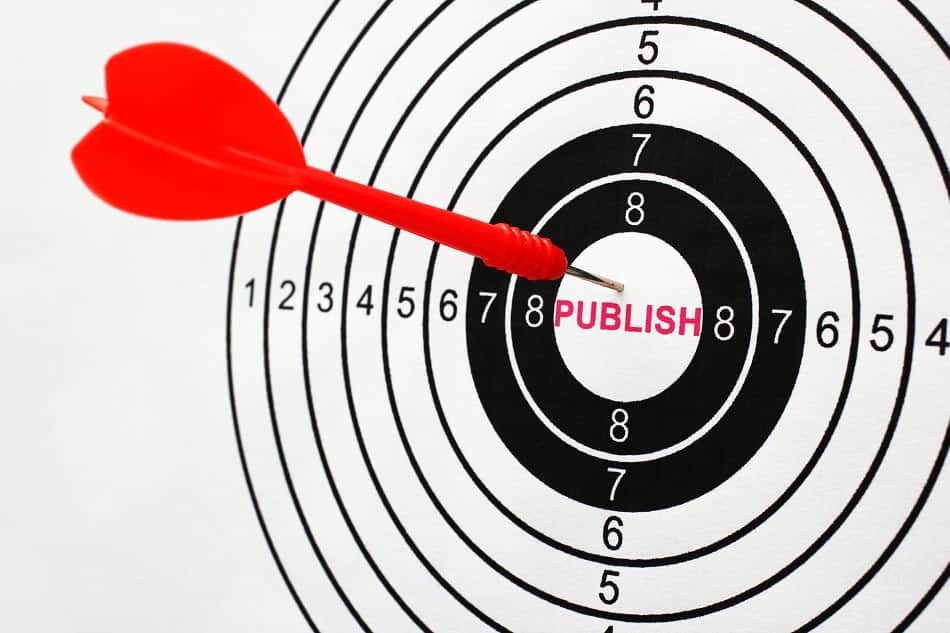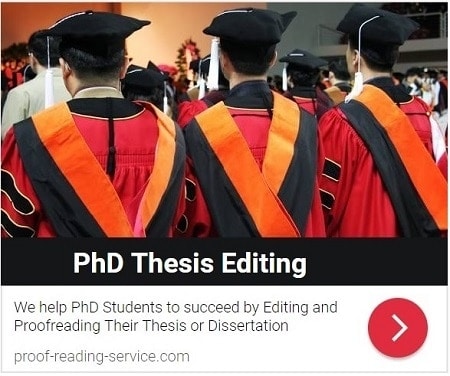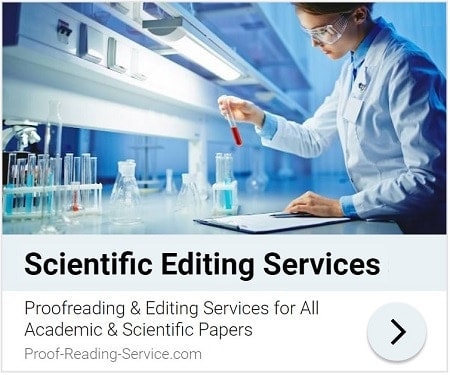
Table of Contents (Guide To Publication)
Part I: What To Publish and Where To Publish It – Chapter 1
1. Essential Ingredients for a Successful Academic or Scientific Article
Preparing an article for publication in an academic or scientific journal can feel rather like balancing on a tightrope – a tightrope intricately woven of many finely crafted strands. The strands must be sound and enduring, much like the material that goes into the making of a good paper: the research, methods, theories, experiments, analyses and conclusions that are woven together into an academic or scientific article. The tightrope itself is rather like the argument of the paper. Vulnerable spots created by weak materials or poor weaving can bring down both the rope and the rope walker, much as weak evidence and a poorly constructed argument can fail to convince (or even interest) a reader and ultimately produce an effect very different from what the author had anticipated. Guiding readers successfully along the intellectual paths and scientific discoveries that have proven so fascinating and eminently publishable is the goal of every scholarly writer, and no author wants the attention of the reader to slip away. No academic or scientific writer wants to jeopardise his or her professional reputation either, and balancing on that tightrope is an apt analogy for the challenges of producing truly valuable scholarly work at the rapid pace demanded by the publish-or-perish environment of a modern digital world.
There is, of course, no one foolproof method for producing an excellent article, and each paper involves a number of decisions that only the author can make about the content, structure and presentation necessary to report unique research in ways that are acceptable and effective within a given field or discipline. There are, however, a number of concerns that every academic or scientific writer should consider carefully while planning and writing a manuscript for publication, and there are approaches and techniques that tend to be far more successful than others. These concerns, approaches and techniques are the matters on which this Guide to Academic and Scientific Publication focuses.
Table of Contents (Guide To Publication)
1.1 Research: Methods, Practices and Sources
Whether the research you’re planning to publish is based upon a single text or experiment or is only a small part of a much larger project, you will need to decide exactly what to include and what to exclude while planning and drafting your paper. Certainly this decision will be based on the word limits set by the journal (or journals) in which you’re hoping to publish your work, and some authors may wish to choose a journal at this point (see Chapter 2 below) and use its guidelines to help determine the content, structure and layout of their writing. While it’s certainly a good idea to take a careful look at not just journal guidelines but articles already published in the journals you may be considering as you’re designing your paper, it’s usually best to begin by focussing on your research. Choosing the methods, practices and sources that will best test or support your theories is essential, and so, too, is explaining them and the reasons why they are appropriate for your research as clearly as possible to your readers.
Perhaps your study began with a wide review of literature on your research topic or an extensive search through national registers of demographic information. Maybe you used trials, experiments, tests, controls, surveys, group discussions, interviews or direct observation in gathering your data. Perhaps you found your sources online or in a medieval manuscript library or maybe you used only the spoken words of people encountered randomly on the street. Whatever the case may be, the key is to keep careful and exact records of exactly what you’ve done and be prepared to explain your approaches precisely and in enough detail that your readers will clearly understand your procedures. Often a lack of clear explanation about methodology results from the simple fact that researchers become so familiar with and immersed in their own research that the basics seem too obvious to require explanation. However, even readers familiar with the academic or scientific territory traversed in your scholarly paper need to be informed about your approaches and practices to understand the significance of your work: if your methodology doesn’t come across as clear and valid, neither will your results or any argument you base upon them.
Table of Contents (Guide To Publication)
A clear explanation of your methodology need not take up a large part of your paper – usually a few carefully worded sentences will do the trick; sometimes a few paragraphs are required – but it achieves a great deal. It provides you with the opportunity not only to inform your reader about exactly what your research is and how you do it, but also to substantiate and justify your work: as you outline your reasons for choosing the approaches and sources you used, you can also explain to your readers why they are indeed the most penetrating and reliable approaches available to produce effective and meaningful results in your field of study. In addition, you can clarify exactly what is innovative or derivative about your work and why, and although this generally comes far later in the paper than descriptions of methodology, you can also outline the limitations of your study. Anticipating potential criticisms of your methodology and taking special care when explaining any aspects that may seem weak or ineffective to your readers are often extremely helpful when trying to describe exactly what is unique and valuable about your work.
In many ways deciding upon and explaining your methods, practices and sources is simply a matter of positioning yourself within your field of study or specialisation and justifying your own perspective as an informed and thoughtful one. I once had a creative writing teacher who insisted that perspective was the most important aspect of fiction – without an understanding of where he or she is writing from, he argued, no author can even begin – and this is equally true of scholarly writing, though in somewhat different ways. Establishing your perspective is an essential part of developing your voice as a writer, and when you’re writing academic or scientific prose, that voice needs to be professional and authoritative (see Section 4.4 below). Explaining how sound the methodology you’ve developed or adopted is makes for a great start, but scholarly authority must ultimately be supported by solid and reliable evidence if your article is to be a success.
This article is part of a book called Guide to Academic and Scientific Publication: How To Get Your Writing Published in Scholarly Journals. It provides practical advice on planning, preparing and submitting articles for publication in scholarly journals.
Whether you are looking for information on designing an academic or scientific article, constructing a scholarly argument, targeting the right journal, following journal guidelines with precision, providing accurate and complete references, writing correct and elegant scholarly English, communicating with journal editors or revising your paper in light of that communication, you will find guidance, tips and examples in this manual.
This book is focusing on sound scholarly principles and practices as well as the expectations and requirements of academic and scientific journals, this guide is suitable for use in a wide variety of disciplines, including Economics, Engineering, the Humanities, Law, Management, Mathematics, Medicine and the Social, Physical and Biological Sciences .





